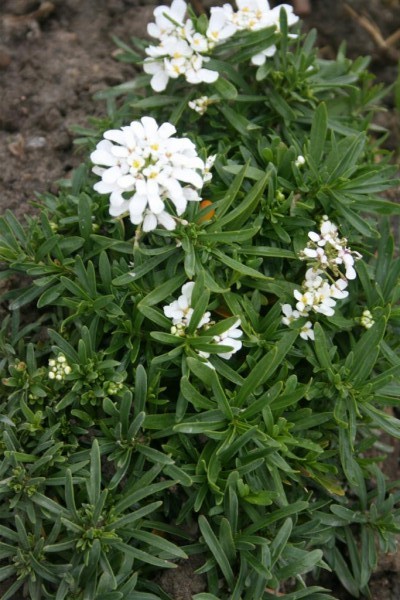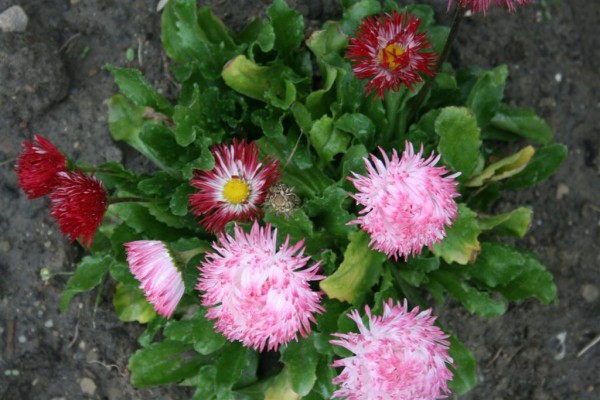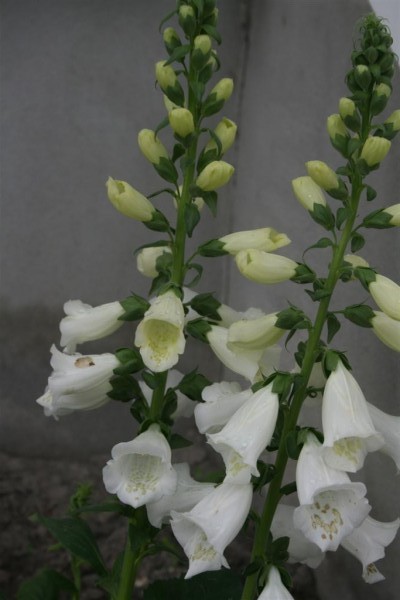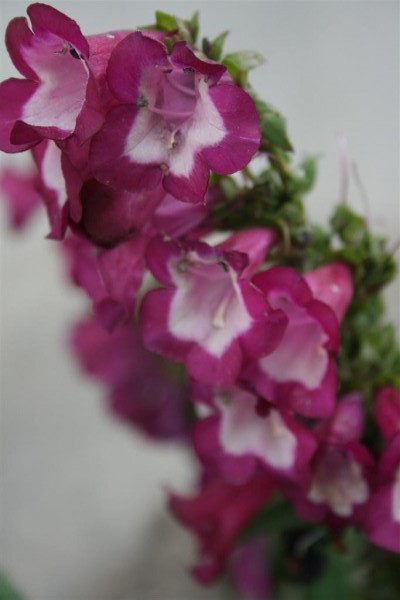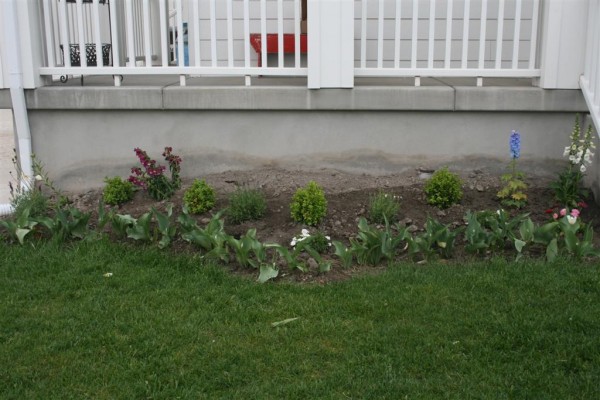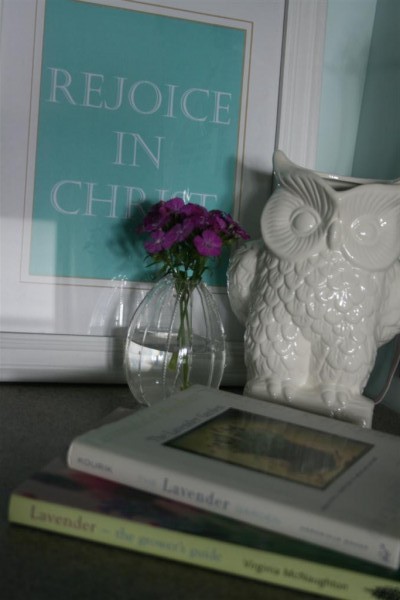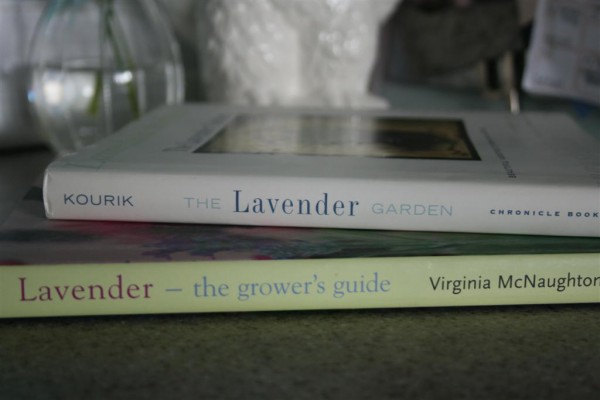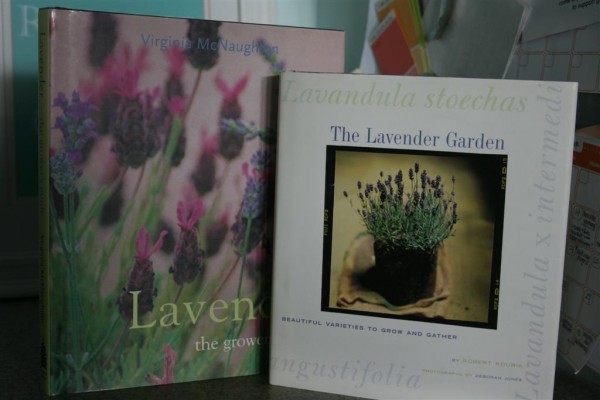New Lavender

I’ve read the first third of one of my new lavender books:
The Lavender Garden: Beautiful Varieties to Grow and Gather by Robert Kourik . So far it’s been interesting and informative.
On Saturday I added three lavender plants to my flowerbed and I thought it would be fun to introduce you to them. Interestingly, lavender belongs to the plant family of mints. This grouping is distinguished by square stems and often by remarkable fragrances as well. There are three basic families of lavender: English lavender, often called true lavender; Spanish lavender; and French lavender.
The first plant I added to my garden is an English lavender. In latin names, all plants begin first with the genus, followed by the species. The genus for lavender is Lavandula (always capitalized) and the species name for English lavenders is angustifolia . Angustifolia means “narrow-leaved.”
The picture above is an English lavender, or Lavandula angustifolia . The label on my lavender reads:
Lavandula angustifolia ‘Ellagance Purple’.
The Ellagance Purple in single quotation marks indicates that this lavender is a cultivar. A cultivar means it is a specimen of a plant variety that was specifically selected from among seedlings because it differs in some unique way from the typical or normal species plant. The specimen was something that occurred naturally in nature and is propagated from cuttings, which is the only way to keep the unique traits of the cultivar.
You can also see names abbreviated, such as L. angustifolia ‘Ellagance Purple’ or even L. a. ‘Ellagance Purple’ .
Have I confused you yet?
I wish I knew the cultivar or variety of the lavender I grew at my old house. All I know is that it was an English, or angustifolia lavender. This ‘Ellagance Purple’ cultivar differs from the lavender I previously grew in a few ways.
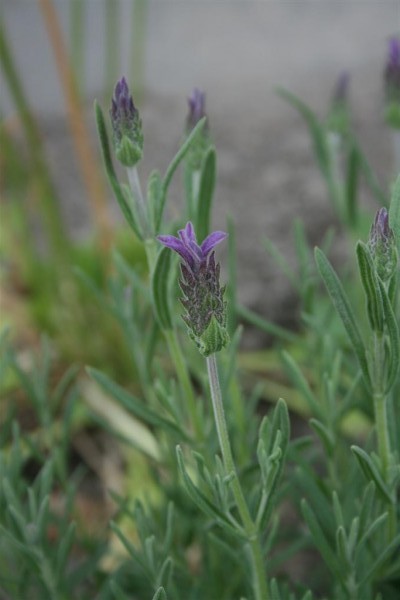
First, there are fewer leaves on each stem. Second, the whorls are smaller and more compact. Instead of having little flowers or blooms, called corollas, that are spaced farther apart, this cultivar has them together tightly. Each stem also has fewer corollas, which likely means less lavender to harvest, if harvesting is your interest. I’ll have to wait and see. Given the name of the cultivar, my guess is that it was selected for it’s rich purple color which also has greater visual impact because the corollas aren’t spread out. A little online research yielded this information:
“2008 Fleuroselect Gold Medal winner! This outstanding variety was selected by the Fleuroselect judges on the basis of its quick crop time, uniformity, color, and floridity.
‘Ellagance Purple’ performs admirably in the garden, producing masses of fragrant, intense purple-blue blossoms atop bushy mounds of silver-green foliage from midsummer through early fall.” (
source here.
)
Given this information, it should be fun to watch this lavender plant grow. Up tomorrow: Spanish lavender. Should be fun!
Jennifer

